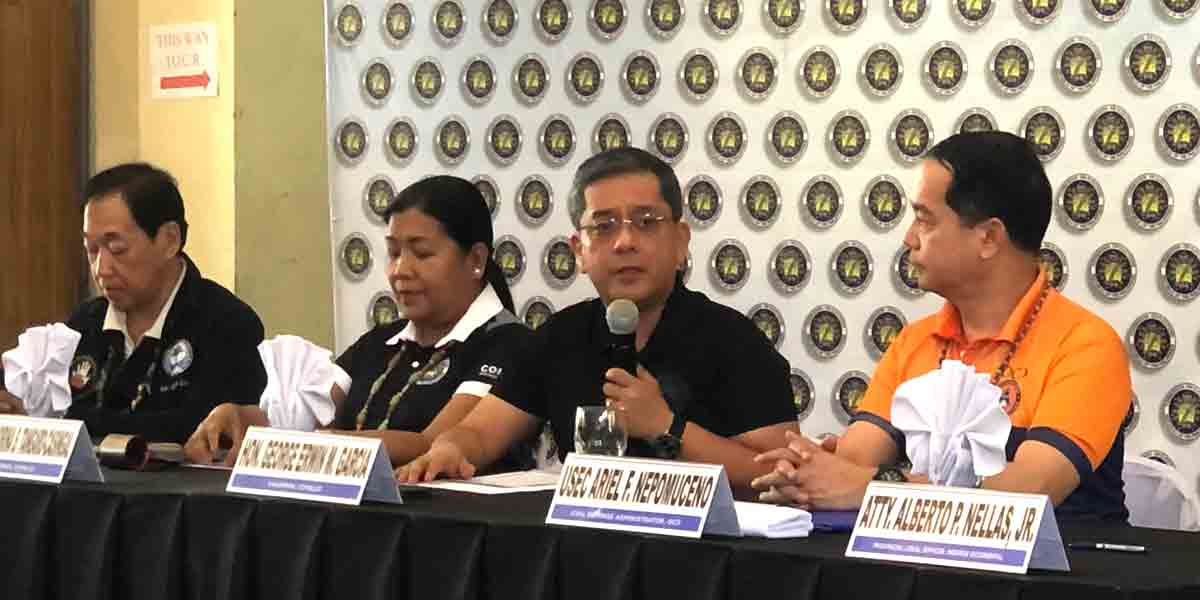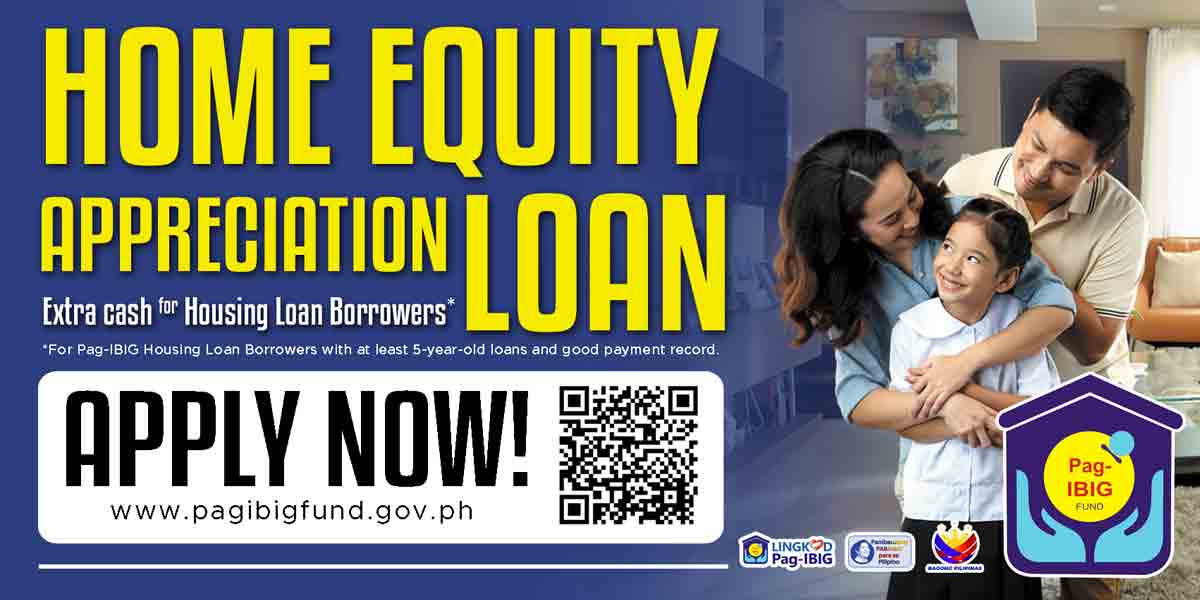
For the past two years, our working environment has become borderless. Businesses had transitioned from working on site to working anywhere, which is also known as the hybrid setup.
While many of these changes aim to ensure business continuity and improve the employees’ work-life balance, challenges arise for the human resources department to keep up with the game of a sustainable workforce.
Currently, HR leaders are facing issues on employee burnout, an increase in turnovers, rising demand for work setup, and other growing challenges of retaining people. Ellen Fullido, President of the People Management Association of the Philippines (PMAP), noted that this phenomenon could be described as the “great reawakening of employees” in which employees realize their need for a kind of work where they will excel, discover self-actualization, and at the same time, take care of their family and dependents.
“Even though restrictions from COVID-19 are now lifted, a lot more people would still like to work on a hybrid mode. This mindset has something to do with serving your organization, performing the job, and at the same time finding a work-life balance because you still are still able to take care of your family. Pre-pandemic, people have been clamoring for that already,” Fullido said.
Here comes one of the biggest challenges the human resources department is currently facing now. “We are losing talent, especially in digital technology. Because of this hybrid setup, companies abroad can hire our IT talents. Since they are allowed to work at home, they can be offered salaries twice or thrice than what they currently receive. That’s one of the biggest challenges we are facing now,” she added.

That is why human experience at work is now more critical than ever for employers that want to create a sustainable workforce and profitable business.
At a recent Connect CHRO Roundtable: Change Work for Good event held in August 2022, Rudy Abrahams, SAP Philippines Managing Director, shared eight trends that HR practitioners must prioritize to keep their companies ahead of the game for building a sustainable workforce:
- Hybrid work
Employers and HR practitioners should accept that the hybrid workplace is here to stay. While the hybrid setup was established in 2021 as a contingency plan to ensure people’s health and safety, 2022 is becoming a year of seeing this setup as a cultural norm.
Abrahams further suggested balancing standardization of hybrid work arrangements, offering deskless workers flexibility, and redesigning performance reviews to mitigate proximity bias.
- Learning and mobility
Continuous growth and learning are necessary for the workplace. While many organizations encourage employees to own their development, Abrahams reiterated to development managers to become learning culture advocates. At the same time, employers can improve the learning and development opportunities for deskless workers and provide equal access to learning through a talent marketplace.
- Intelligent technologies
While technology has been immensely beneficial in supporting and managing the employees’ productivity and well-being, the latest technologies, such as monitoring tools, brought ethical concerns.
Thus, Abrahams advised developing stringent data privacy and employee monitoring guidelines. Most importantly, communicate these intelligent technologies’ purpose, value, and security.
- Diversity, equity, and inclusion (DEI)
Every organization needs to let its people feel they belong and are valued. From being purpose-driven, companies must shift to being accountability-minded. This can be achieved by reflecting the organization’s DEI reality in candidate recruitment strategies, reporting DEI and sustainability goals and associate progress publicly, and including the frontline managers when changing the culture to improve belonging.
- Employee experience
Since employees are now more motivated to have greater control over their careers, lives, and well-being, organizations must first create long-term plans with employees. HR leaders must also gather employee feedback more often and foster informal and personalized interactions.
- Leadership
The evolving role of leaders also emerged as a priority in 2022. Management competencies are changing to meet the demands of new work models and shifting employee expectations.
Abrahams recommended identifying new required competencies and reflecting them in performance management and selection procedures. Another is automating repeatable tasks, so managers have more time to focus on employee development and team interaction.
- Well-being
Every single employee in the organization lives in unique circumstances. One of the concerns of remote work models is the blurred boundaries between work and personal lives and feelings of isolation.
What HR leaders can do is first assess the benefits and initiatives supporting the employees’ entire well-being. Next is redesigning work to put employee well-being and autonomy at the center.
- Race for talent
As employees enter their career “reawakening,” mass resignations are unfortunately becoming a trend in the workplace. Employees are now expressing their demands and willingness to find them in other organizations when unmet. So, Abrahams urged every organization to use workforce analytics and exit interview data to develop strategies for mitigating mass resignations and provide more significant support to people managers to avoid burnout and turnover.
SAP believes that technology can help businesses to be more agile and sustainable amidst the growing challenge of retaining people by simplifying engagement and providing a guided journey. RISE with SAP for Human Experience Management (HXM), for instance, aims to help organizations drive the changes needed for ongoing digital transformation. It combines RISE with SAP and HXM solutions to provide the choice and flexibility organizations need to move their HR operations to the cloud.

“In its true calling to be a sustainable, intelligent enterprise, you must put people at the center of business. We believe that connecting data, technology, and business strategy enables every organization to create a sustainable workforce where employees have the agency to shape their careers and feel valued for their contributions are paramount to meeting your desired business goals,” Abrahams said.
Visit the SAP News Center. Follow SAP on Twitter at @SAPNews.




















